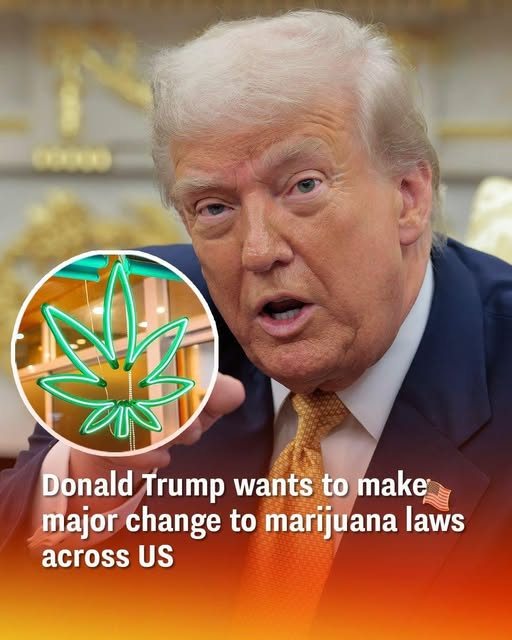The landscape of American drug policy appears to be entering a pivotal moment, one that may redefine how the nation approaches cannabis and potentially other controlled substances. For more than fifty years, the federal classification system that shapes drug enforcement and research has remained largely unchanged. Now, growing political consensus and evolving public attitudes suggest that a major revision could be near. What was once an issue confined to the margins of policy debate has moved into the mainstream, reflecting a cultural and scientific shift in how the United States understands both the risks and the benefits of cannabis.
At the center of this potential transformation is the question of reclassification. Cannabis is currently listed as a Schedule I controlled substance under the federal Controlled Substances Act, a category reserved for drugs considered to have a high potential for abuse and no accepted medical use. This places it alongside substances such as heroin and LSD. Critics have long argued that this classification is outdated and inconsistent with mounting scientific evidence demonstrating cannabis’s therapeutic potential for conditions such as chronic pain, epilepsy, and anxiety.
The current scheduling framework, established in 1970, divides drugs into five tiers based on their potential for abuse, medical value, and safety when used under medical supervision. Schedule I is the most restrictive, effectively prohibiting medical use and imposing severe research limitations. Schedule V, on the other end, includes substances with the lowest potential for dependency. Because cannabis remains at the top of this scale, scientists face significant bureaucratic obstacles when attempting to study it, while doctors and patients are left navigating unclear legal territory.
The consequences of this classification extend far beyond the lab. At the state level, the contradiction between federal prohibition and widespread legalization has created a confusing and often contradictory legal landscape. More than half of U.S. states have legalized cannabis for either medical or recreational purposes, building multibillion-dollar industries that operate in defiance of federal law. This tension complicates everything from taxation and banking to transportation and employment policy. Cannabis businesses, for instance, struggle to access traditional financial services because banks fear violating federal regulations. Meanwhile, federal restrictions on interstate commerce prevent state-licensed producers from expanding into neighboring markets, stifling growth and consistency.
